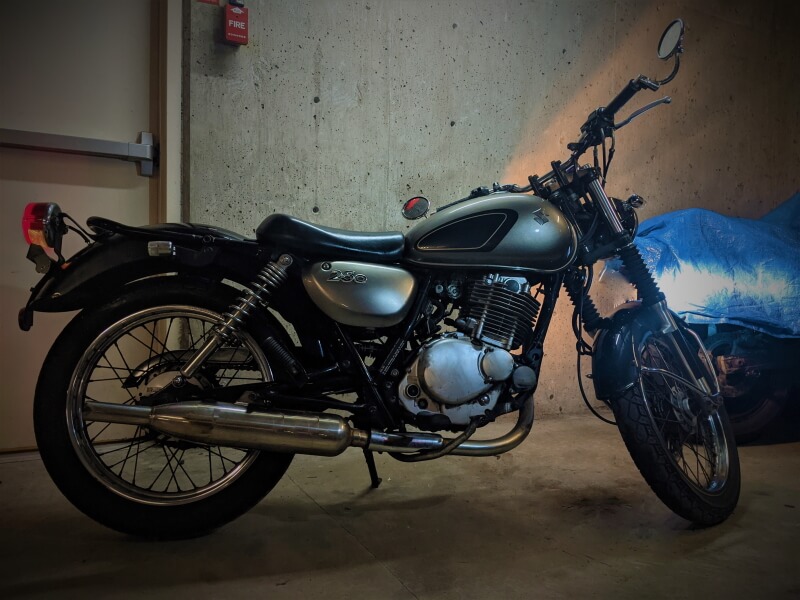
Motorcycle.com says “It does everything it’s meant to do – turn, brake, accelerate – with unquestionable proficiency. For the novice, especially one who is slight in stature, the TU is simply the best bike on which to learn how to ride a motorcycle.” High praise for the Suzuki TU250X and we couldn’t agree more. And now, you can learn to ride on the TU when you take your motorcycle lessons with Urban Rider Motorcycle School in Vancouver.
I have been teaching and testing novice motorcycle students for the past five years and one thing is clear to me… when it comes to the test, the rider is far more important than the bike. A rider’s attitude and the discipline that they have to practice the correct techniques pay off when it comes to test time. A rider who has repeatedly practiced the MSA circuit with relaxed arms, proper use of head and eyes, and correct body posture, can pass the test on any bike, of any size. But, for the rider who wants every advantage possible, there are a few bikes that make the test just a little bit easier, simply by not getting in the way. The Suzuki TU250X is one of these bikes. In fact, in my opinion, it is at the top of the list.
At Urban Rider Motorcycle School, we offer several choices to learn on, including sport bikes, dual sports and adventure motorcycles. The most consistent results come from a lightweight, standard (upright) seating position, single cylinder motorcycle with low/moderate power.
The Honda Grom is one of my favorites for new riders due to its small, easy to handle size, but at 10 horsepower, and not much low-end torque, new riders can have difficulty learning to get the bike moving without constantly stalling it. Stalling during your ICBC motorcycle skills test gets you an unwanted demerit.
The Honda Rebel is another favorite. A small cruiser style bike with just the right amount of horsepower and a low seat height that allows shorter riders to put both feet down when stopped. I like this choice too, especially the newer 300cc Rebels. The only problem here is the cruiser bike requires the feet to come up in a forward position, sometimes creating balance issues for novice riders as they try to get the bike moving. And that forward foot position means that taller riders often find their knees in the way of the handlebars during tight slow speed turns – which is exactly what the skills test is all about!
Enduro / dualsport bikes are another favorite. The Yamaha XT 225 or Suzuki’s DR 225 are light weight options with standard seating positions. Providing these are in good shape, not beaten up from riding trails, they are a great choice for learning to riding. Very maneuverable and responsive. The downside of these bikes is most often discovered during the braking exercise. If the bikes don’t have street tires, or if that mechanical rear brake is a little touchy, many riders experience rear wheel lockup during testing, which gets you an unwanted demerit or two during the test. In fact, it is technically possible to fail the test for locking up the rear wheel and creating a long or dangerous skid on both sudden stop maneuvers, even if you ace every other part of your motorcycle skills test.
In searching for the perfect option for our students to practice, and take the test on, I settled on the Suzuki TU250X. It is a lightweight bike, with standard seating position that allows for an upright body position and encourages the rider to maintain that all important relaxed grip with their hands and arms. At 17 horsepower, with power in the low end for slow speed riding, this Suzuki won’t easily stall, and won’t pop any unexpected wheelies either!
